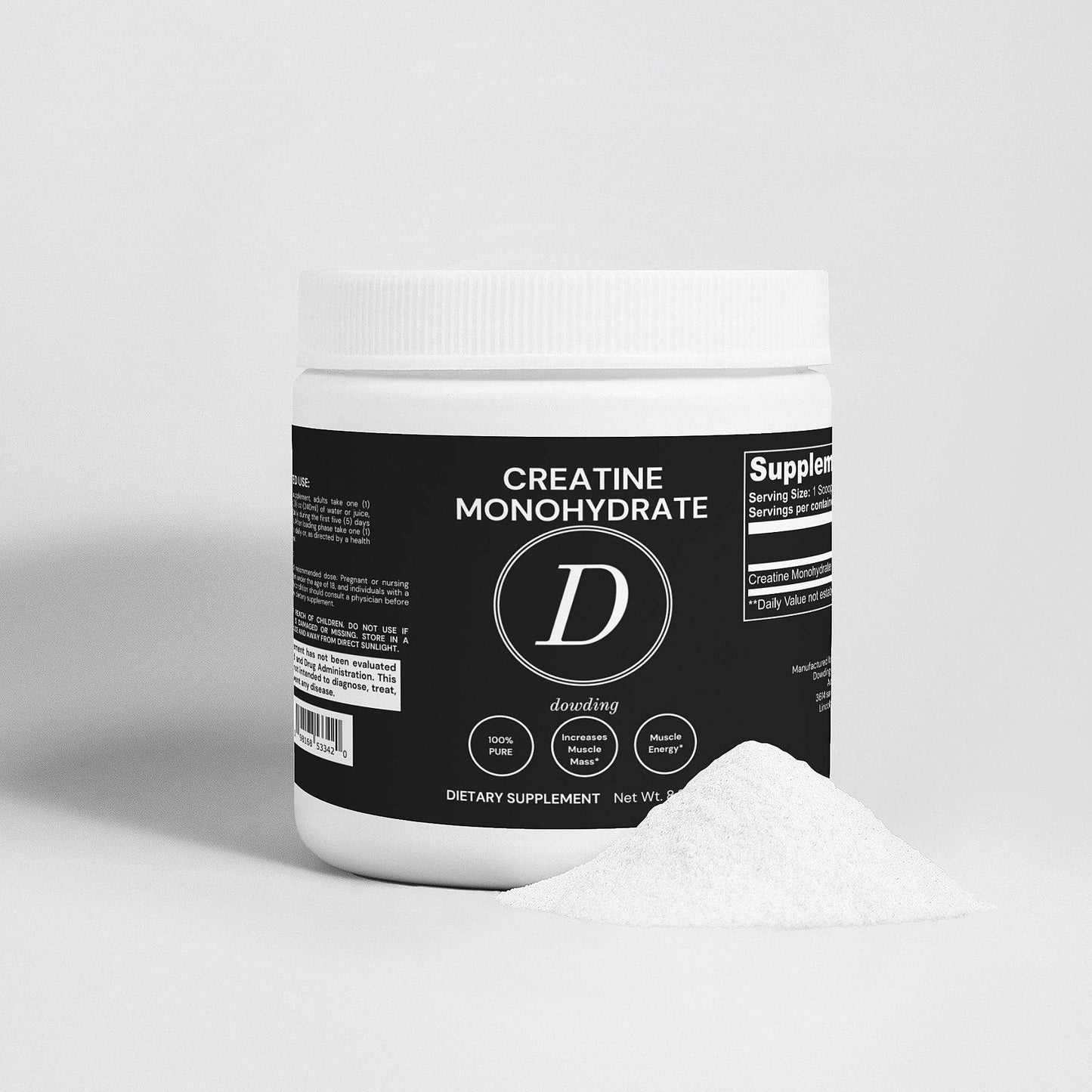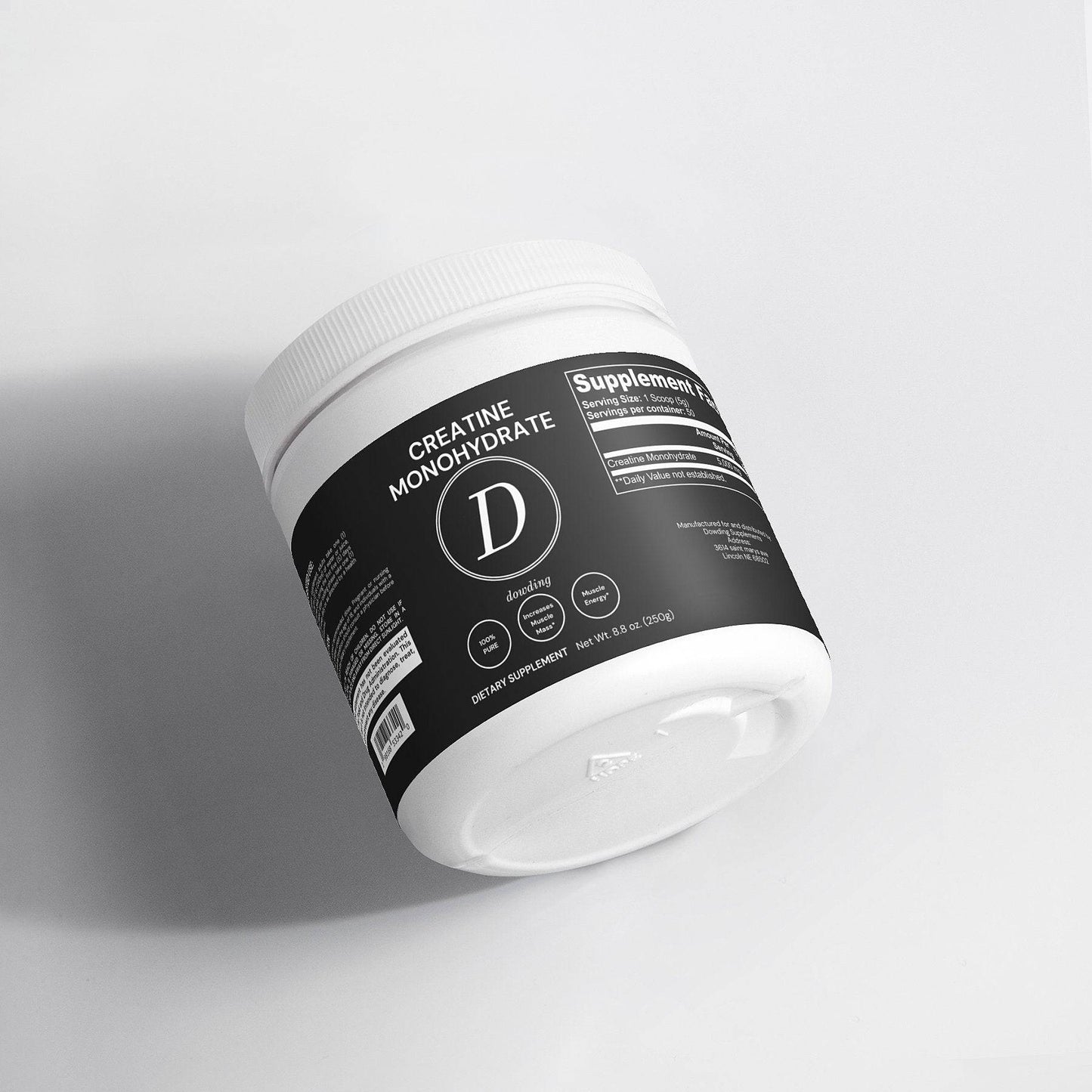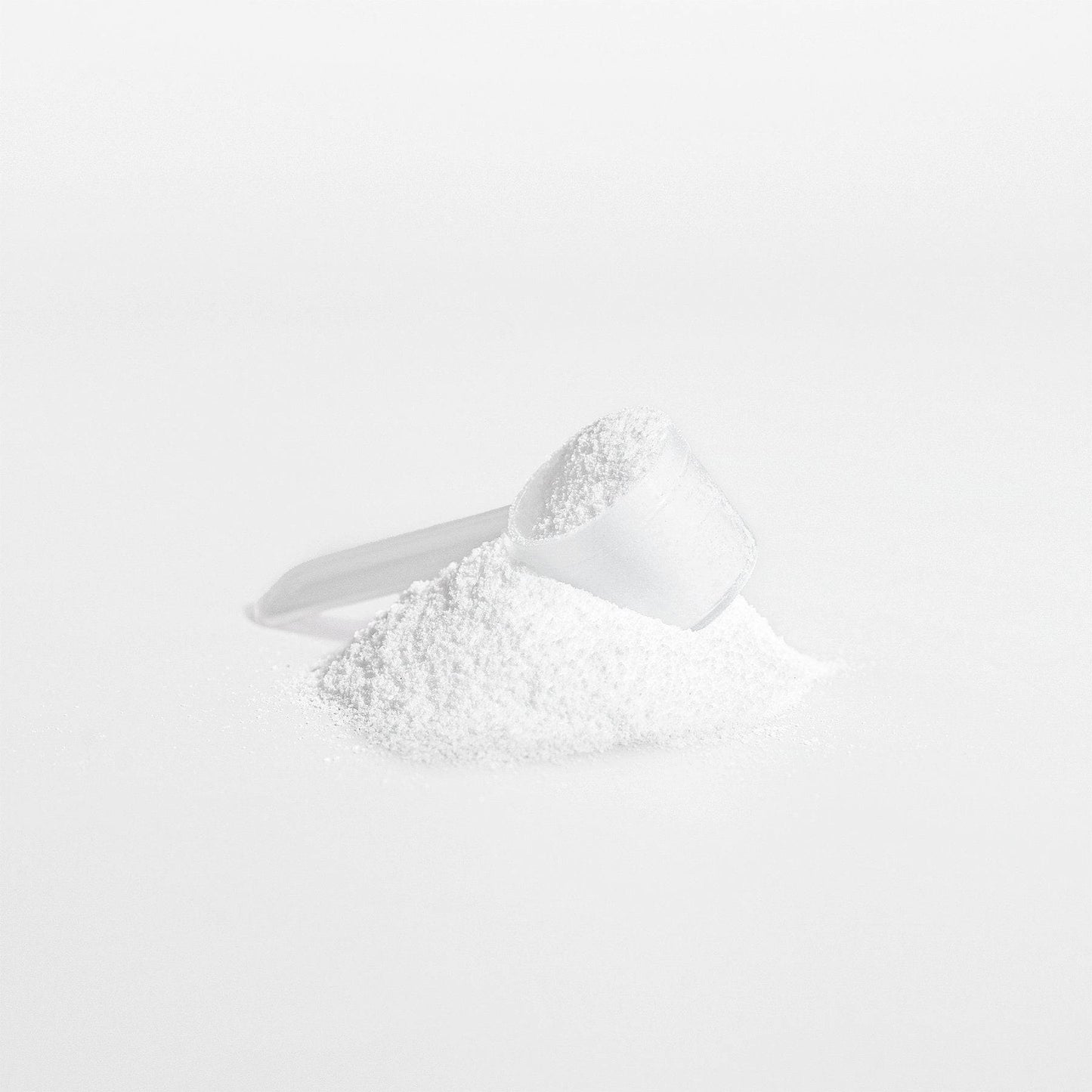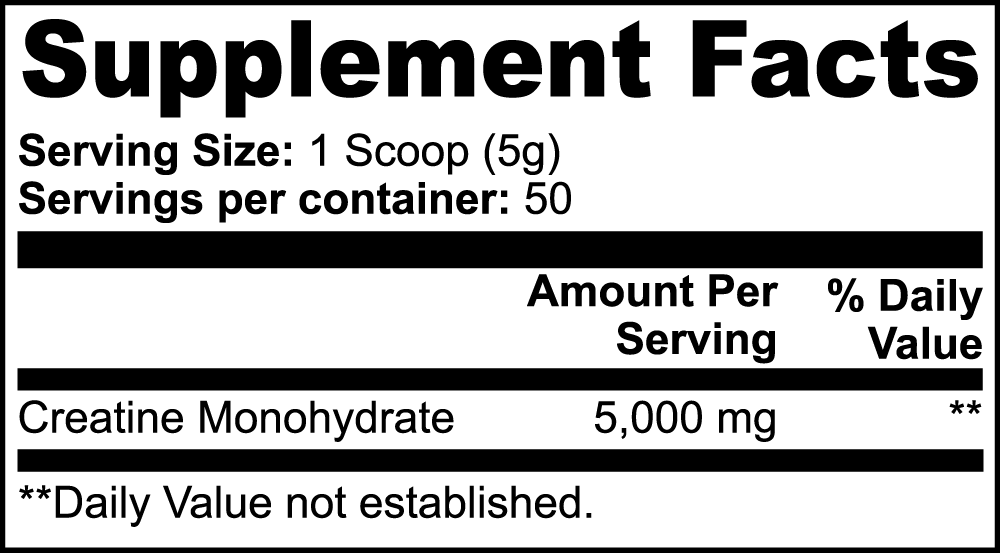
The Truth About Cycling Creatine: Facts and Myths Unveiled
Frequently Asked Questions
1. What is creatine and what benefits does it offer?
2. What does cycling creatine mean?
3. Is cycling creatine necessary for effective results?
4. What are some common myths about cycling creatine?
5. How can I effectively cycle creatine if I choose to do so?
In the world of fitness and bodybuilding, creatine has gained a reputation as one of the most popular supplements for enhancing athletic performance. Yet, amidst the widespread usage, a significant amount of confusion persists regarding its optimal use, particularly the concept of "cycling" creatine. In this article, we will delve into the importance of cycling creatine, examining commonly held facts and debunking various myths. Through accurate information and effective strategies, we aim to help you optimize your fitness routine.
Understanding Creatine and Its Benefits
Before diving into the concept of cycling, it’s essential to understand what creatine is and why it’s beneficial for athletes and fitness enthusiasts. Creatine is a naturally occurring compound found in small amounts in certain foods and synthesized in our bodies from amino acids. It serves as a quick source of energy for high-intensity activities like sprinting or weightlifting.
The Mechanism of Action
When taken as a supplement, creatine enhances your body's ability to produce ATP (adenosine triphosphate), which fuels your muscles during short bursts of intense activity. This results in increased strength, improved muscle mass, and enhanced overall athletic performance. Additionally, creatine supplements have been shown to aid in muscle recovery and reduce fatigue after workouts.
The Concept of Cycling Creatine
The term "cycling creatine" refers to the practice of alternating between periods of taking creatine and periods of abstaining. Proponents of cycling argue that it helps the body avoid desensitization to the supplement's effects. However, this practice has sparked numerous discussions regarding its necessity and efficacy. Let's explore the reasons behind cycling creatine and decipher the facts and myths surrounding it.
Why Cycle Creatine?
One of the primary arguments for cycling creatine is that it can prevent the body from becoming too accustomed to the supplement. The theory is that after extended periods of continuous use, the muscles may reach saturation levels, leading to diminished returns on performance enhancement. Some individuals believe that taking a break allows your body to reset, enhancing the creatine's efficacy when resumed.
Common Myths About Cycling Creatine
Despite the arguments for cycling creatine, many myths surround this practice that can mislead users. Let’s debunk some of the most prevalent myths:
Myth 1: Cycling Creatine is Essential for Effectiveness
One of the most widespread beliefs is that cycling creatine is necessary to maintain its effectiveness. However, research has demonstrated that continuous use of creatine supplements does not lead to a decrease in performance benefits. In fact, many athletes and fitness experts advocate for a daily maintenance dose, which can provide consistent results without pauses.
Myth 2: Cycling Prevents Side Effects
Another common misconception is that cycling creatine can prevent or reduce potential side effects. While it's true that some individuals experience digestive issues or bloating when starting creatine, these side effects are often dose-dependent and not necessarily alleviated by cycling. Adjusting the dose or timing of consumption often proves more effective in managing side effects than implementing a cycling strategy.
Myth 3: Cycling Boosts Muscle Growth
Some believe that cycling creatine can enhance muscle growth more effectively than continuous usage. However, scientific evidence does not support the notion that cycling leads to better muscle growth outcomes. The key to maximizing muscle gains lies in a consistent training regimen, adequate nutrition, and properly timed creatine intake, rather than the concept of cycling.
When to Consider Cycling Creatine
1. Individual Tolerance Variations
Each body reacts differently to supplements. If you find that prolonged use of creatine has led to discomfort or unintended side effects, it may be worth experimenting with cycling. By listening to your body, you can determine whether a break enhances your overall well-being and training experience.
2. Incorporating New Training Cycles
If you are about to enter a significantly different training block, especially one focused on endurance rather than strength, cycling off creatine may allow you to gauge your body’s natural performance without the assistance of supplements. This may lend insight into your baseline abilities and help strategize your training regimen effectively.
How to Cycle Creatine Effectively
If you decide that cycling might be the right approach for you, here’s a simple guide to accomplish it effectively:
Step 1: Initial Loading Phase
Begin with an initial loading phase lasting about five to seven days. During this period, it’s common to take a higher dose of creatine (typically around 20 grams per day), split into smaller servings throughout the day to maximize absorption.
Step 2: Maintenance Phase
After the loading phase, transition into a maintenance phase, where you take a lower daily dose—usually around 3 to 5 grams. Maintain this dosage for approximately 4 to 6 weeks.
Step 3: Cycling Off
After your maintenance phase, take a break for around 2 to 4 weeks. During this time, you can reassess your training routines and dietary needs. This break allows your body to naturally engage in energy processes without the supplementary boost of creatine.
Stacking Creatine with Other Supplements
Many individuals wonder if they can stack creatine supplements with other performance-enhancing entities. Stacking can significantly enhance your training results, but it’s essential to combine complementary substances that can provide additional benefits while minimizing adverse interactions. Here are a few common supplements to consider pairing with creatine:
1. Protein Powder
Protein is crucial for muscle repair and growth. Combining creatine with protein powder, particularly after workouts, supports recovery while maximizing your potential for muscle gain.
2. Beta-Alanine
Beta-alanine is known to enhance endurance by buffering lactic acid buildup in muscles. Pairing it with creatine can increase both strength and endurance during high-intensity workouts.
3. Branched-Chain Amino Acids (BCAAs)
BCAAs play a vital role in reducing muscle soreness and enhancing recovery. When coupled with creatine, they can potentially lead to better workout performance and shortened recovery times.
Navigating Your Supplement Choices
With a wealth of creatine supplements available, it's crucial to choose the right option for your personal goals. Here are a few tips on how to navigate your choices effectively:
1. Read Labels Carefully
Ensure you are aware of the ingredients within each product. Look for creatine monohydrate as it is the most researched and widely accepted form of creatine positioning itself as an industry standard.
2. Avoid Fillers and Unnecessary Additives
Choose creatine supplements with minimal additional ingredients. Opting for pure creatine allows your body to utilize the compound effectively without undergoing negative reactions from unnecessary fillers.
3. Seek Professional Guidance
If in doubt, consider speaking with a healthcare or fitness professional. They can provide personalized guidance on the best practices, dosages, and cycling strategies tailored to your specific needs.
Elevating Your Performance: Making Informed Decisions
In the vast ocean of fitness and supplementation, understanding the various aspects surrounding creatine use is essential for optimizing your performance. By discerning facts from myths regarding cycling creatine and other relevant practices, you can tailor your supplement regimen for maximum efficiency and safety.
Ultimately, the key to success in any fitness journey lies in diligent training, proper nutrition, and sound supplementation principles. By embracing a holistic approach and leveraging the benefits of creatine supplements wisely, you can elevate your performance to new heights. Happy cycling!
Explore another user's Shopify or Wix store by following this link to their store. Keep in mind that this is a promotional link, and we assume no responsibility for the content of the linked store.





